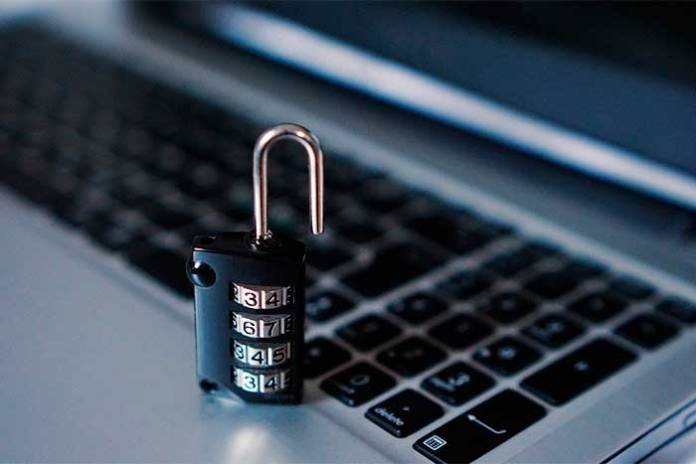
While it can seem cumbersome, workplace IT security is a vital component to running an efficient company that’s devoid of setbacks. Losing precious data, getting a hacker intrusion and other unwanted outcomes can ruin a good week. Here are 5 steps towards obtaining improved IT security at the office.
1.Use Proactive Measures with Malware Protection
Malware includes a variety of different threats such as spyware, ransomware, rootkits, trojans, viruses, keystroke loggers, and much more. Each has its worrisome aspects, but most of all it’s important that your business is taking proactive measures to avoid the worst risks.
By using the latest malware and virus scanning software that protects the operating system even as it first loads up, that provides for an initial defense. Active scanning of emails for malicious attachments is worth implementing too.
2.Prevent USB Thumb Drives Usage
Given the inclusion of USB ports in workplace PCs, an employee or a visitor can bring a USB thumb drive or flash drive onto the premises. They can then plug it straight into a PC or server and attempt to either gain access or introduce a worm into the system.
Use software to prevent the use of such devices. Also, restrict or remove DVD or CD drives to prevent similar being done via a disc. Only allow authorized administrators to plug-in a thumb drive or an external CD drive to load approved legacy software.
3.Change Passwords Regularly
Enforce a policy where the passwords for every user are changed regularly. Make the passwords strong enough to avoid them being easy to guess. Verify that staff members are not just writing down the new password and storing it in their desk’s top drawer!
Also, make the manager responsible for informing the IT department when a temp, permanent employee, freelancer, or remote worker has stopped working for the company. This way, their IT access can be immediately revoked.
4.Email Security Education 101
Email is a significant risk factor for companies. Just opening an email can cause initial problems due to potentially malicious links within it, but the worst risk is still from an attachment. Staff must all be trained on how to use email safely to avoid infecting their PC or the company’s server. An email isn’t always from the email address shown. This isn’t clear to at last half of all non-technical people. If they’re not expecting the email or an attachment within it (even though it’s supposedly from a contact they know) they should be trained to create a new email to the supposed sender to double-check if they sent it or not?
5.Look Out for Unusual Activity
IT security issues can come from internal sources like previously thought of good employees who have become disgruntled or influenced by others due to financial reasons. Be on the lookout for activities such as trying to access folders or directories outside of their area of responsibility, attempts to insert a USB flash drive or something else that’s suspicious. Catching these issues early is best.
IT security is something that companies must stay on top of. Failure to do so can lead to an unbelievably bad day at the office.











